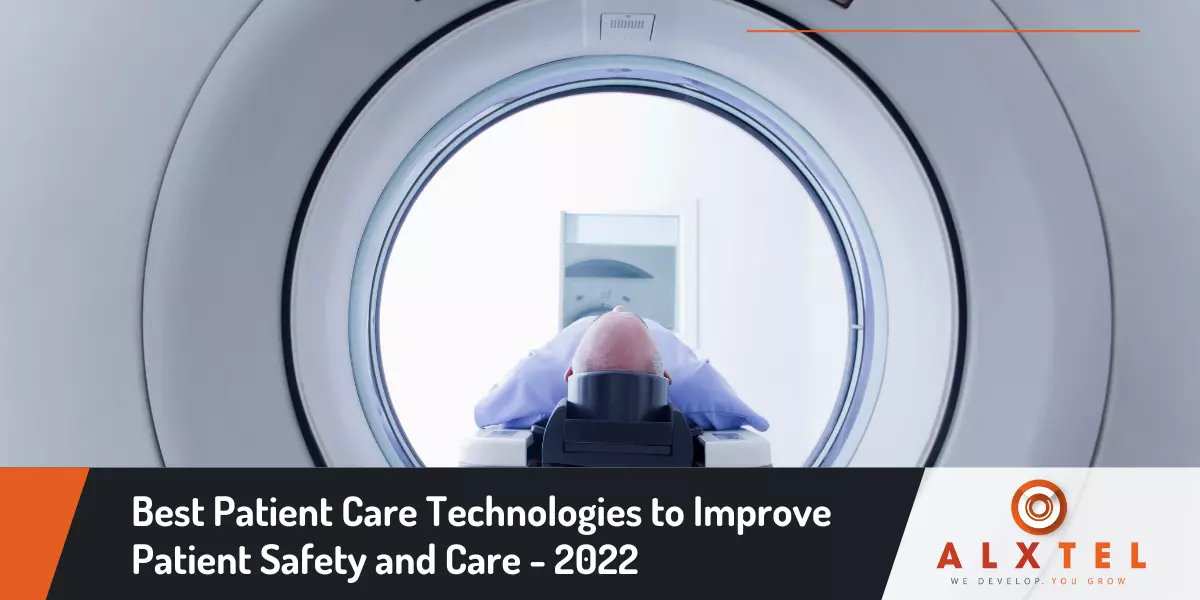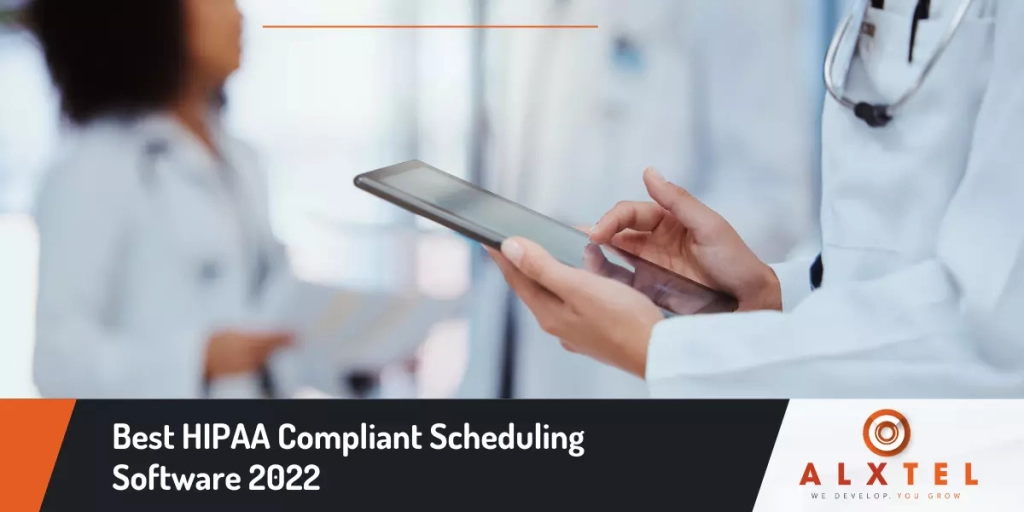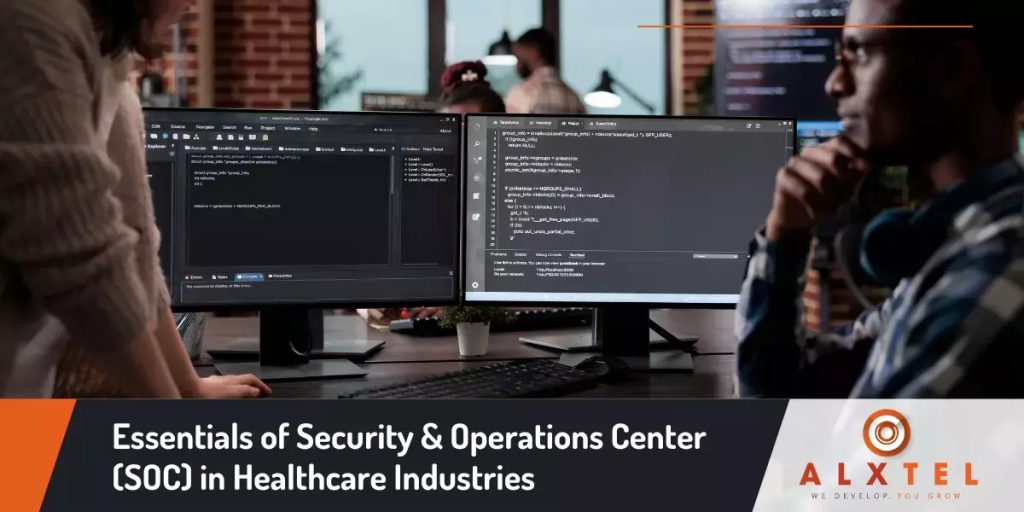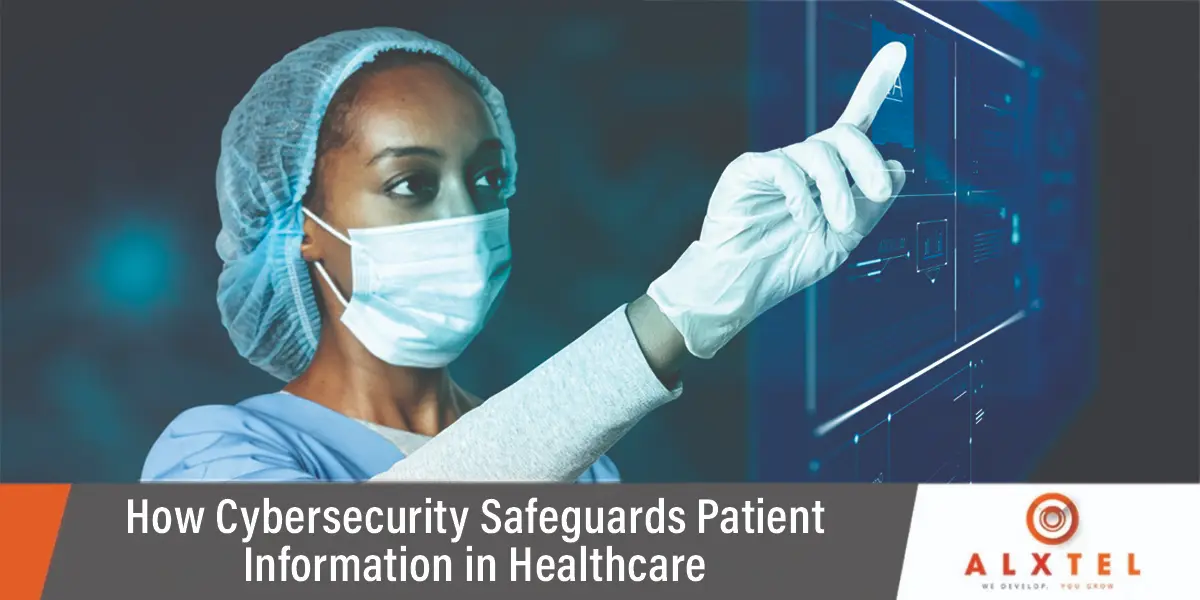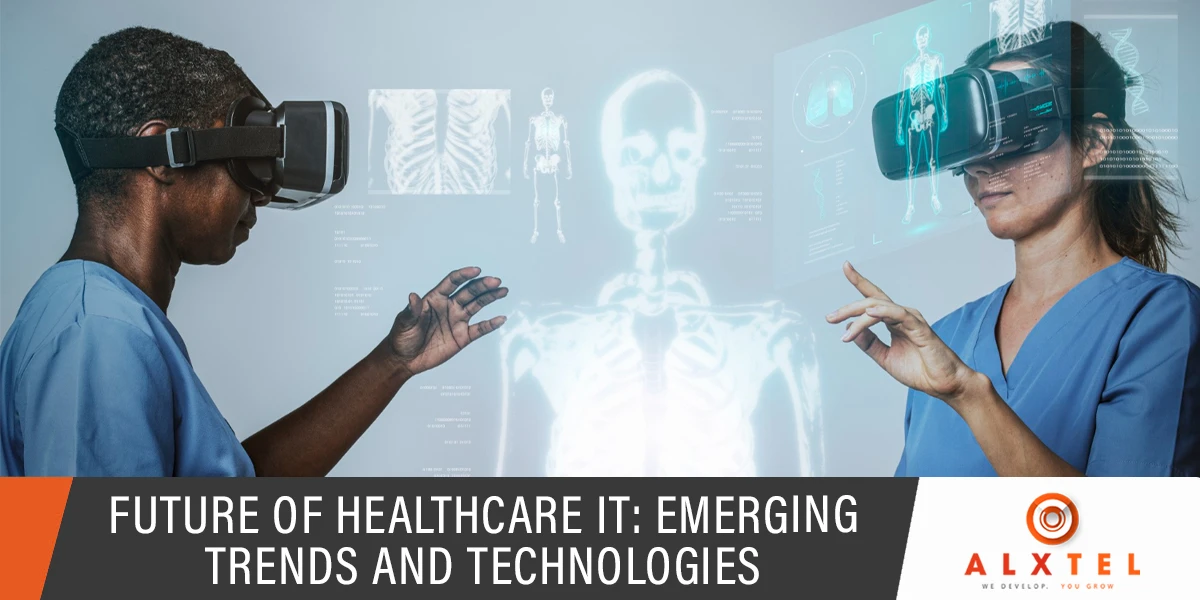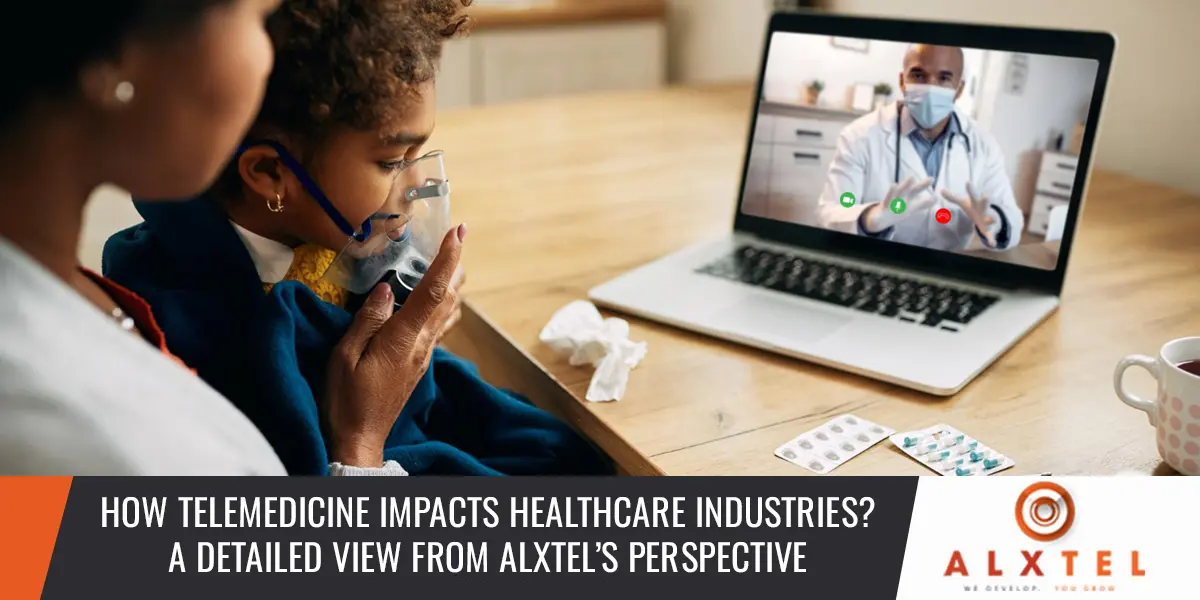Throughout history, many innovations have been made in Patient Care Technologies, but few have had such widespread influence as digital technologies. Clinical practices have been transformed as a result of dramatic advancements in networking and computers.
The advancement of IT services for Patient Care and technologies as well as the reduction of costs has led to policies and data standards that have encouraged healthcare organizations to adopt new technology, not only for medical equipment, such as diagnostic imaging machines but also for their daily recordkeeping. Health data like test results or diagnoses are now easier to access efficiently and securely after paper medical records have been digitized and mostly replaced with electronic health records (EHRs).
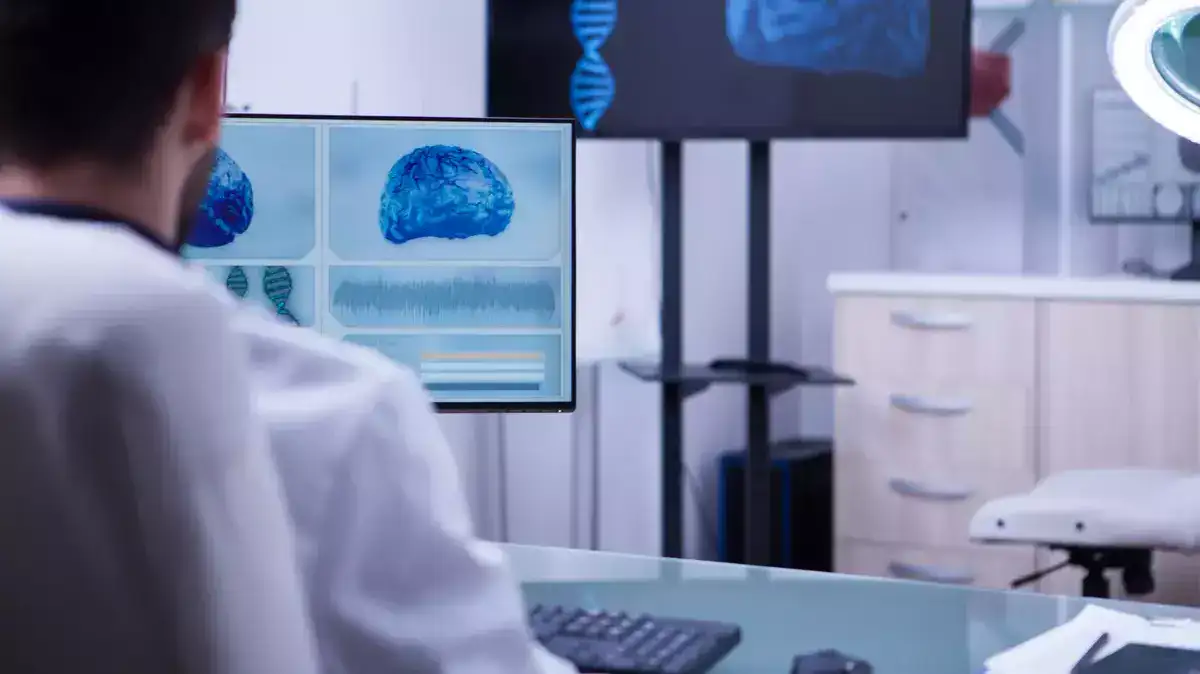
To interact with patients and create treatment plans, EHR systems or other technologies are now widely used. EHRs are having a positive effect on accessing and exchanging health information as laptops and tablets have become as common as stethoscopes in healthcare settings.
Data integration and standardization have been challenges of EHRs, however. Healthcare organizations currently possess a vast amount of data they could use to improve their business practices and procedures, but many lack the tools and expertise to do so. As technology advances, healthcare organizations can uncover patterns in large amounts of data while improving data security and management.
What are Patient Care Technologies?
Healthcare leaders are improving performance, collaborating across systems, and managing costs using technology solutions. Healthcare technology streamlines processes, automates tasks, and improves workflows to a level that’s unimaginable for humans alone. Hospitals and health systems adopting value-based health reimbursement models are improving patient care, creating better experiences, and reducing burnout among healthcare professionals.
How does technology help patient care?
Improving patient care and experiences
Data collected across the entire patient care system provides health organizations with a big-picture view of their performance. As a result of technology, organizations can also automate that measurement so that they can continuously review their results, identify problems that need addressing, and discover ways to improve care and the patient experience.
Real-time information exchange
Many different groups require access to health records for a variety of reasons, which include clinicians, patients, and payers. Every group in an organization has traditionally had its own set of records. With modern technology, it is possible to standardize and store digital patient records securely, which makes it easier for organizations to integrate their data so that authorized individuals can access the records they need when they need them.
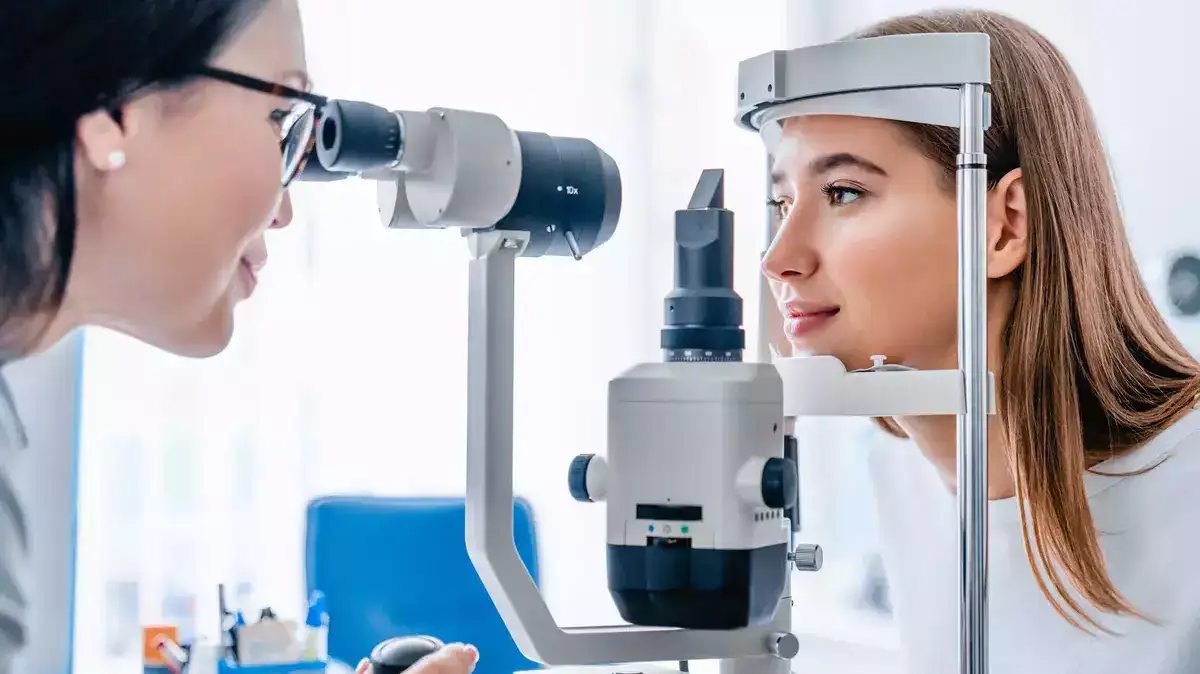
You can also take a look at HealthCare Workforce Logistics as it leads to better patient care in healthcare industries.
Flexibility for patients and clinicians
Appointments can be difficult to schedule due to patients’ busy schedules. Health professionals can communicate with patients more easily through telemedicine and patient portals. Clinicians are also given more options to record and evaluate the symptoms of their patients using wearable technology, such as heart monitors.
Best Patient Care Technologies to Improve Patient Safety and Care
Patient Care technology continues to evolve rapidly in its pursuit of improved patient care and digitalizing the healthcare business. Listed below are ten examples of how technology is improving healthcare and enhancing job satisfaction for healthcare professionals.
Telehealth
Doctors and nurses can now provide essential care through telehealth applications, one of the latest developments in electronic healthcare technology. A video conference allows medical professionals to evaluate a patient’s condition, based on their presenting symptoms, and determine whether they need a physical office visit or whether they can be treated based on what they are experiencing.
Kiosks
Various self-service kiosks are used in practices for a variety of patient engagement and care activities. Patients or their caregivers can check in at patient check-in kiosks and complete the required paperwork while informing the staff that they have arrived. Non-thermal kiosks ask staff, patients, and visitors a series of health screening questions. Thermal kiosks check staff, patients, and visitors temperatures. Some kiosks include video capabilities that allow staff to interact with kiosk users visually. Some machines accept credit cards for payment. The use of kiosks in practice and many other aspects of healthcare is expected to become more common – among patients, staff, and vendors.
Telephony
Healthier patients and stronger finances are often the results of better communication. VoIP services are increasingly replacing hardwired landlines in medical practices. In addition to making and receiving calls over the Internet, VoIP offers so much more. With VoIP, practices can improve patient care, including patient satisfaction and cancellations, by gaining access to communication solutions. VoIP features include routing calls to smartphones, efficient call management, setting up custom messages and greetings, converting voicemail to text, and video conferencing, depending on the chosen solution and services. All of this is possible with VoIP while improving the security and privacy of communications in a practice.
Electronic Health Records (EHR)
With these digital records, medical providers can combine the patient’s facility-specific records – usually stored electronically as Electronic Medical Records (EMRs) – with comprehensive health data that can streamline their overall care. As digital records, these records require less space than traditional medical records because they’re stored digitally – a welcome improvement for medical records technicians around the globe.
Point-of-care technology
Point-of-care (POC) technology provides nurses with the ability to take patient reports, update records, and design treatment plans without leaving the room, regardless of whether they are using a handheld tablet, laptop, or mobile computer cart in a doctor’s office, long-term care facility, or hospital. Patients and residents feel that their concerns are addressed instantly, reducing distraction-related errors and increasing satisfaction with their overall care.
Automatic IV pumps
Patients in acute care facilities benefit greatly from IV pumps. The placement and maintenance of IVs can be time-consuming if done manually. While they offer an efficient way for patients to receive nutrition and medications, they can also be a risk to the patient’s health. Pumps with automatic drip rates and medication dosage can be programmed by nurses, reducing the risk of human error during the patient’s stay.

Wearable technology
In more ways than one, wearable technology devices make nurses accessible to their patients even if they are not physically present in the hospital. The advancement of medical technology and innovation has made many monitoring devices previously only available in healthcare facilities, such as heart rate monitors, blood oxygen monitors, blood pressure monitors, ECG monitors, etc., available as wearable devices for patients at home. Health care is being enhanced by wearable technology by allowing nurses to monitor patient’s health outside of clinical settings.
Patient engagement solutions
The technologies listed above encourage a greater sense of patient engagement and control over their care, but there is also a growing group of solutions focused on improving this aspect of the patient care journey. Among the features of patient portals include easy access to health information, requests for prescription refills, viewing test results, making payments, and reading educational material, as well as the ability to request referrals. Using scheduling software, patients can choose when and how they want to interact with a provider (for example, in-person or via telehealth). Following up with patients and recommending routine services, such as annual wellness checks and colonoscopies, is made easier with recall solutions. Patients can communicate with caregivers more easily with solutions such as text messaging and chat. A range of patient engagement solutions, as well as the many others available, are not only empowering patients but also helping practices integrate value-based payment practices.
Enhancing Patient Care and Engagement with Technology
A transformation is taking place in healthcare. As healthcare technology advances, practices are better able to address the constantly changing needs of their patients while being able to involve them more actively in their care. The goal of creating a technology strategy is to ensure that your patients receive the personalized care they need, and your practice achieves its revenue targets and maintains its long-term viability by making smart, educated investments in the solutions that will help you achieve those goals.

What is the future of healthcare technology?
Researchers, innovators, and legislators are striving to improve healthcare access, efficiency, and affordability as the future of healthcare technology advances.
Healthcare’s future will almost certainly be shaped by technology – but how? A whole-patient approach to care will replace the point-of-care model for healthcare delivery, according to Greenway’s chief information security officer.
CISO said point-of-care models don’t work because they focus on a single current issue and often overlook chronic symptoms that may be contributing to the issue. As a result, the economics of the model is not working for providers, because they are compelled to focus solely on what ultimately affects patient health outcomes.”
AI technology in healthcare
AI is currently being used in healthcare to support clinical decision-making and uncover insights from large data sets. Without AI, healthcare organizations would not be able to analyze the volume of data they have accumulated. By using artificial intelligence-enabled tools, researchers can synthesize and analyze massive data sets generated by electronic records, notes, images, sensors, and devices to identify trends that could lead to better patient care and more effective medical treatments. Healthcare organizations can benefit from AI technology, even though it is still relatively new.
How can AI improve patient care?
An AI system can perform tasks such as visual perception, diagnosis and prediction, and the seamless processing of large volumes of data. AI can be used to improve health outcomes and strengthen patient care in value-based care.
As healthcare systems across the continuum become overwhelmed with data, the problem is escalating. Using AI processes that can be interpreted, colossal amounts of complex data can be simplified as well as synthesized into key components so that they can be analyzed by the proper specialists with recommendations and insights. When doctors can digest and streamline data in this manner, they can spend as much time as possible with their patients.
Medical data can be accessed instantly, medical history is reviewed, patterns are identified, and interventions can be recommended with interpretable AI. By focusing on the patient’s well-being and quality of care, these features help to target unique symptoms and stratify risk severity.
Accessible data brings numerous efficiencies
Despite interpretable AI’s many capabilities, doctors’ and specialists’ feedback is essential to building a connection with their patients, not replacing human expertise. Using AI, one can augment the precision of experts while maximizing resources by extending the care team.
The advantage of adopting interpretable AI over manual data parsing is its ability to handle complex tasks accurately and instantly. Streamlining compliance workflows and locating and resolving anomalous data outliers, as well as locating and resolving anomalous data outliers, are all within 60 million electronic health record queries a hospital typically performs. An employee of a hospital would be required to review over 6 million electronic health records every day if taken on by hand.
Providers can respond more quickly to interventions with interpretable AI, streamline workflow, and use less time on complex manual processes. Additionally, enhanced efficiencies reduce costs and address growing expenditures. As a result, physicians and medical staff can devote more time to patient care, hospital administration is more efficient, and physicians and medical staff are less stressed.

Improved population health
Using interpretable AI, we can analyze populations and make data more accessible on broad community factors that influence population health, as well as link sources with individual, patient-level data. With AI-insights data, doctors can receive updates on the patient’s progress, details about their history, and other information. A physician’s observations can be matched with data that provides targeted insight into surrounding circumstances, identifying gaps in care for individuals and communities.
A predictive risk model can identify patients with the greatest need earlier by identifying patients with specific clinical conditions, and co-morbidities, or based on algorithms that identify emerging or high-risk conditions. As a result, hospitalizations are reduced and interventions are less severe. Increasing patient health while reducing expensive hospitalizations, readmissions, and the need for emergent, intense interventions is the goal.
Artificial intelligence is revolutionizing the delivery of health care. A value-based care system in transition recognizes the importance and efficiency of value-based care but isn’t able to implement it because of overburdened processes. These solutions streamline diagnostic and treatment processes, enable healthier outcomes, and offer innovative solutions to relieve overburdened systems.
Clinical and healthcare operations will benefit from interpretable AI as it develops and plays a growing and essential role. AI is delivering proven benefits today, but it has the potential to improve efficiencies, lower costs, and educate, engage, and empower patients in the healthcare system of the future.
Conclusion:
The use of technology today makes our lives easier and safer, but it has some disadvantages as well. Technology and Business IT solutions in patient care have countless benefits and have changed the era because things are now possible that people could not have imagined in the 20th century. As described above, the most effective technologies for patient care are used, as well as the benefits they provide. In addition to improving patient safety, these technologies can also improve the quality of care.
Get in touch with AlxTel
Need support? You are our priority, We’ve got you covered.
Rapid response time to service requests, responding to all customer feedback to get in touch.
Our goal is to supply you with the best possible customer service across all our products and solutions. We look forward to helping you make the most of your AlxTel platform.

